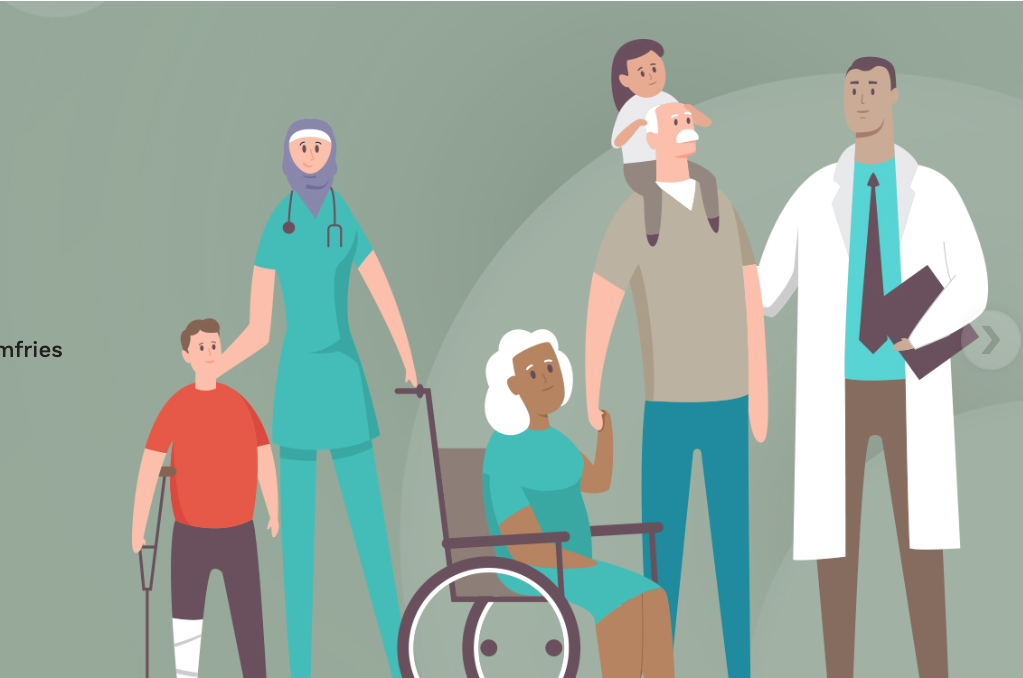One in four Ontarians may be without a family doctor by 2026, analysis says
KELLY GRANT – HEALTH REPORTER
The Globe and Mail – PUBLISHED Oct 26, 2023
More than 4.4 million Ontarians could be without a primary-care physician by 2026, according to a new analysis that predicts a substantial increase in orphaned patients as older doctors retire and younger ones turn away from traditional family practice.
New figures released Wednesday by the Ontario College of Family Physicians show an estimated 26 per cent of residents in Canada’s most populous province may not have a regular primary-care provider three years from now, up from an estimated 18 per cent at the end of this year.
“We know that we’ve been facing a crisis in family medicine, and I think what we’re seeing with this new data is that the crisis is worsening,” said Mekalai Kumanan, president of the OCFP and a family doctor in Cambridge. “It really is incredibly worrisome to see our forecast showing one in four people in Ontario may be without a family doctor by 2026.”
The new forecast is the latest alarm bell rung by the OCFP, which advocates for family doctors in a province that generally boasts better primary-care access than most other parts of the country, according to Statistics Canada.
The national statistical agency’s most recent data from 2021 suggest that 14.4 per cent of Canadians don’t have a regular health care provider, while in Ontario that figure is just over 10 per cent.
However, the OCFP’s analysis goes deeper than the surveys that underpin Statscan’s estimates. The college’s model draws on the work of Inspire Primary Health Care, a network of family medicine researchers who use health administrative data, including Ontario Health Insurance Plan records, to forecast how looming retirements will affect supply.
The OCFP analysis also takes into account the anticipated growth in Ontario’s population – driven mostly by immigration – and the number of new family doctors this year and each of the next three years, but assumes they will be less likely to practise comprehensive, cradle-to-grave family medicine than their predecessors.

Those who do are expected to enroll fewer patients and be more inclined to split their time between traditional family practice and other types of medicine, according to Kamila Premji, an Ottawa family physician whose research has found that the proportion of Ontario doctors practising comprehensive family medicine fell to just more than 65 per cent in 2022 from 77.2 per cent in 2008.
After considering those factors, the OCFP developed a model that predicted the number of Ontarians without a family doctor will rise from an estimated three million by the end of this year to estimates of 3.5 million next year, 3.9 million in 2025 and 4.4 million by the end of 2026. In September, 2022, there were 2.2 million Ontarians without a family doctor, up from 1.8 million in March, 2020, when the COVID-19 pandemic hit.
Nick Cristoveanu is hoping more young doctors will embrace the joys of family medicine, a profession he found deeply meaningful, despite its challenges. He was one of six doctors from a practice in Kingston who retired in May after years of fruitlessly searching for a replacement.
“Without me getting too tearful here,” Dr. Cristoveanu, 69, said, “after 42 years in practice you’re so connected to people. I looked after four generations of families at the same time. … It’s hard to leave people like that in a lurch.”
Hannah Jensen, a spokeswoman for Ontario Health Minister Sylvia Jones, said in a statement the government is working to increase the supply of doctors by opening more medical school seats, removing barriers for internationally educated doctors, and letting health workers registered in other provinces start working in Ontario right away.
The province is also expected to announced this fall the winning proposals for a $30- million fund for the creation or expansion of new inter-professional primary-care teams.
Marilyn Crabtree, the clinical lead of the Great River Ontario Health Team, which helps to co-ordinate care for about 125,000 people in Cornwall and the surrounding area, is waiting to hear whether the province will endorse her group’s $9.3-million proposal.
Dr. Crabtree’s hope is that more options for team-based practice will reduce burnout, enticing more trained family doctors to actually offer cradle-to-grave care. “The biggest thing we have to get our heads around,” she said, “is that no matter what we do, we can’t create hundreds or thousands more family doctors and nurse practitioners in the short term.”






